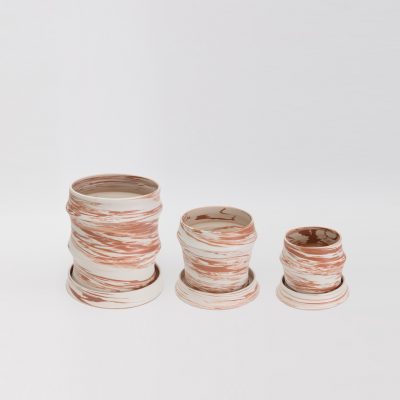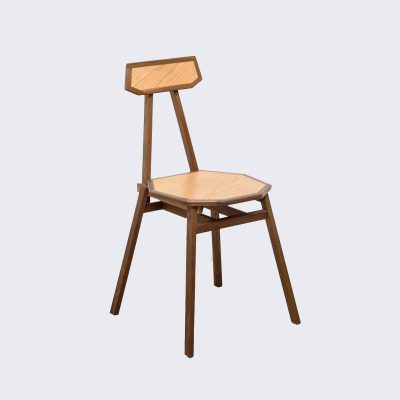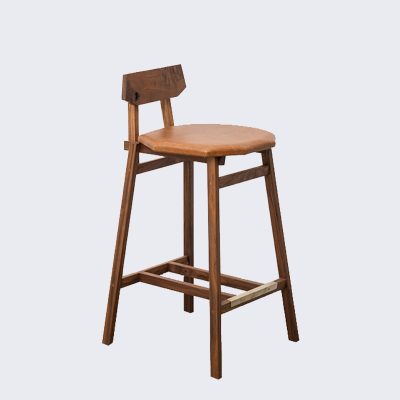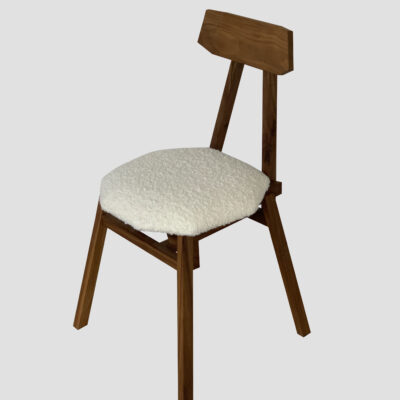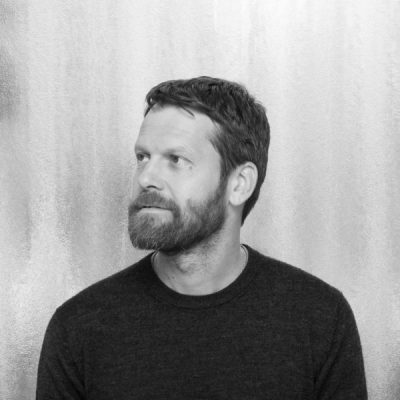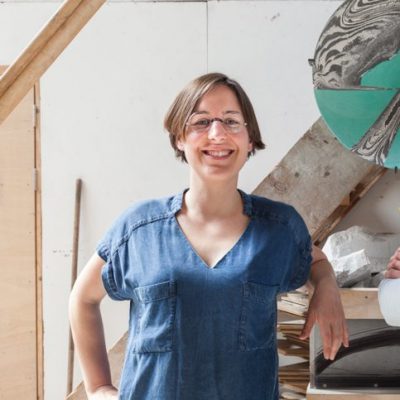The design of unique pieces and artisanal objects motivates the ongoing and consuming question, “design or art?” Today, the opening of countless galleries enhances the production and stimulates the market for this kind of design.
SEE••DS, a space that has emerged on the scene, placing itself midway between art and design, is treating this debate with conscious levity: on the one hand, hoping to overcome it; on the other, dealing with new possible interpretations and welcoming projects that are provocatively fun.
This is the case with the exhibition NO ORDINARY LOVE – MARTINO GAMPER W/ FRIENDS, which brings about collaborative creation dynamics that are capable of highlighting inconsistencies in the “design system” through the objects that arise from these collaborations.
The experiment started from the workshop aimed at fostering a collective-based project, bringing together a group of designers — Tiago Almeida, Faudet Harrison, Lars Frideen, Max Frommeld and Arno Mathies, Martino Gamper, Gemma Holt, Jochen Holz, Max Lamb, Will Shannon, Silo Studio, Harry Thaler, Bethan Wood — who are already friends, but had never previously worked as a collective.
This set-up acts as the foundation for a collaboration that is likely to be characterised by lower levels of competition — even rather ‘disorderly’ — but is limited by the use of a single material, clay. The work then focuses on the construction of an exhibition that is unusual among the norms of the gallery system, and at the same time, the project, as it fulfils itself with gestures and words, can be observed as an anthropological “laboratory.”
How do people collaborate? What prevails in the dynamics of cooperation? What are the necessary adjust- ments compared to an individual creative act? Above all, with a collectively signed project, what happens to the authorship of designers who are already renowned and promoted by the market? How does the “system” treat these works that are only half-signed, a third-signed, or even unsigned? What kind of commitment characterises designers’ actions aimed at creating pieces that are only partially self-representative? Is authorship in the design world becoming as important as it already is in the art world? Where will it end and what will it be worth, in this context: the function of an object of design?
Outspoken and provocative in their own right, yet possibly anonymous, the results of the workshop will inhabit the space of SEE• (Special Events Exhibits), thus establishing a subtle and irreverent dialogue with the signed pieces on display in the halls of •DS (Design Store).
Everything – in both “sides” of SEE••DS – will be for sale at prices that are not in fact based on their authorship, but which will be defined according to three unusual rules and rituals. The buyer is given a central position and is invited to buy according to action which can also subvert the usual business procedure.
RULE 1 OF 3:
DAZE OR DOUBLE
The first action will bring into being the concept of the exhibition NO ORDINARY LOVE – MARTINO GAMPER W/ FRIENDS through an atypical scheme for purchasing the works. Each ceramic piece will in fact be sold at a starting price, if the client will accept a collective signature that has not yet been positioned on the market. The buyer will pay twice the price if he or she wants to discover the name of the designer behind the chosen piece, and will consequently be able to put it back on the market with the name of a designer.
RULE 2 OF 3:
AUCTION / NO AUCTION
Auctioneer Martino Gamper will invite competitors to participate in an unusual auction. In this simple variant of a bidding fee or ‘penny’ auction, a hat is passed among the ranks of those present, and those who wish to bid can enter an amount into the hat, in this case, £1 minimum. Once the time has expired, the “buzzer” will sound, and the object to be auctioned will go to the last person who has entered money into the hat. If you are lucky enough to be the last person to enter £1, the piece will be yours (!), but before you can take it home with you, you will be invited to answer some questions about the intimate and emotional reasons that caused you to want this particular piece… This is geared on the one hand towards a sense of play, to reflect upon the mode of an auction, to accelerate its randomness; on the other, to imbue it with unexpected meanings. To question the roles of the buyer, the gallerist, the designer.
RULE 3 OF 3:
SCALE UP AND GIVE IN
NO ORDINARY LOVE third rule is the simplest. Just eye up what you like the most among the new pieces in bronze created by the designers of NO ORDINARY LOVE collective and try to scale it: its cost will depend entirely on its weight! After DAZE OR DOUBLE, questioning the importance of the authorship in design, and AUCTION NO AUCTION, putting into evidence the role of fate or randomness in the value of a piece, we go back to the objectivity of a measurement and the simplicity of a gesture, which may arouse a multifaceted discussion around design and its role.























